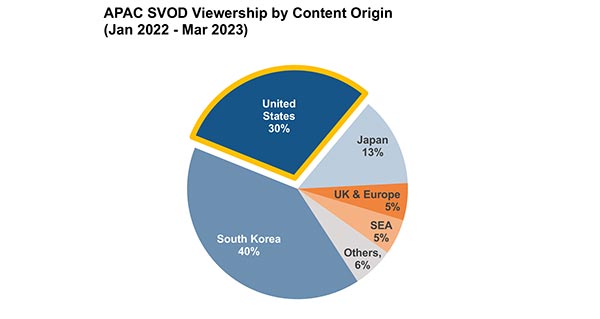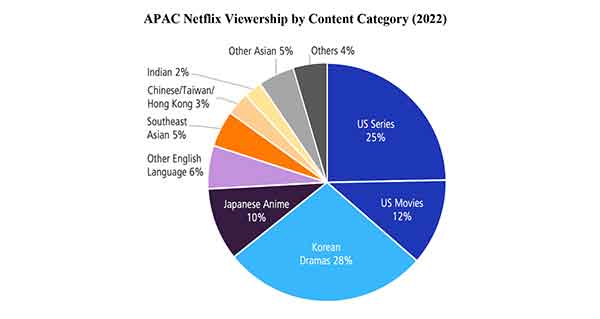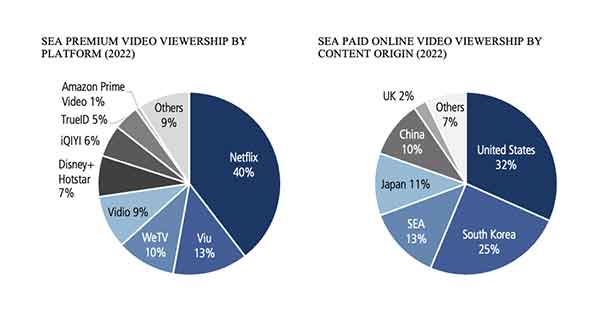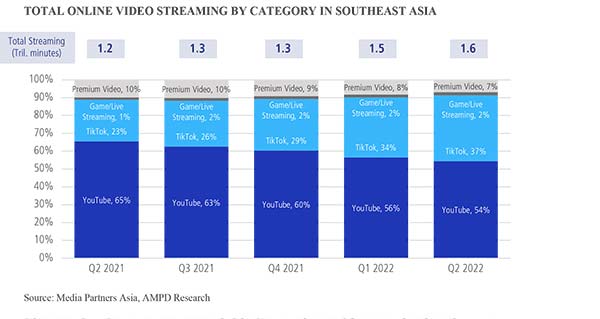HONG KONG/SINGAPORE: Vivek Couto, executive director of Media Partners Asia (MPA), gives World Screen Newsflash some insights into the company’s new report on content trends in seven Asian markets, exploring the evolution of the local production sector and the impact of SVOD platforms on the acquisition market.
The Asia Video Content Dynamics report examines content trends on free, pay and OTT platforms in India, Korea, Indonesia, Malaysia, the Philippines, Thailand and Vietnam. Improving economies and changes in the distribution ecosystem are creating a more competitive landscape that is giving rise to a demand for better shows and innovative formats.
The new report from MPA says that the Asian content production landscape is entering a new phase of growth, with Korea and Indonesia seen as bright spots while challenges are emerging in the busy Indian sector.
In the markets surveyed, TV remains the dominant platform. However, “online video is gaining traction,” Couto tells World Screen. “Local premium content—which we largely define as Korean—local movies and Hollywood movies and series are driving consumer engagement and traffic across SVOD networks.”
Couto mentions a staggering statistic given the youth of Asia’s OTT sector: “By the end of this year, in Southeast Asia ex-Singapore, and excluding sports, OTT platforms will be spending 35 percent or 40 percent of what all the pay-TV platforms in those markets spend. The likes of iflix, Viu, Hooq and Netflix and some of the other smaller players are spending quite a bit of money.”
While some are competing for first windows on Asian shows, Hollywood movies are still mainly getting their first runs on premium channels and pay-TV operators. “This will likely change over time,” MPA says.
OTT investments in local content and originals are growing rapidly in India and building slowly in Southeast Asia.
Free to air is still strong in the region, especially in Indonesia and the Philippines. “Because those markets have scalable local content, good pricing power and an emerging OTT/SVOD value chain, they are probably still the most attractive content markets in Southeast Asia,” Couto says.
MPA says Korea has set the “gold standard” for Asian content production. In that competitive market, production costs are on the rise and profits are challenged. However, local rights owners have been able to make money by exploiting their content outside of Korea.
Malaysia and the Philippines, where the local content sectors are heavily reliant on broadcasters’ in-house teams, run the risk of stifling innovation and competition, MPA notes.
Indonesia is seen as a healthy content production ecosystem, with a small number of big production houses often backed by the country’s big TV groups. Production costs are low and the free-TV ad market is buoyant.
India is facing challenges, with an abundance of third-party studios competing for slots on the numerous channels available in the market and squeezing margins to 15 percent and below. As a result, companies are left with little money to reinvest in content.
Drama is the dominant genre in terms of local content viewership, though there are concerns about “stale story lines,” the report says. In India, local drama accounted for more than half of TV viewing in 2016. In Vietnam, that figure is about 46 percent. It’s lower in Thailand (35 percent) and the Philippines (31 percent).
Movies are also rating well on TV, particularly in countries like India, Indonesia and the Philippines that have strong domestic film sectors. Sports, still a key driver for pay TV, is dominated by the marquee events. “Monetization for some local sports, such as football in Malaysia, still lags international franchises however, despite high ratings,” MPA observes.
Kids’ programming is emerging as a growth opportunity, becoming a top pay-TV genre in Indonesia (50 percent audience share) and the Philippines (22 percent).
 TVASIA
TVASIA






